Introduction
Napa Valley’s name is synonymous with fine wine, but this world-class reputation was not built overnight. The region’s winemaking history is filled with triumphs, setbacks, and a relentless drive for excellence. From its humble beginnings in the 19th century to its modern-day status as a premier wine region, Napa Valley’s story is one of resilience and passion.
The Origins of Napa’s Wine Industry
The first grapevines in California were planted by Spanish missionaries in the 1700s, but it wasn’t until the 1830s that serious winemaking efforts took hold. George C. Yount, one of the first American settlers in Napa Valley, recognized the region’s potential and planted its first vineyard in 1839.
Throughout the mid-19th century, European immigrants, particularly those from Italy and France, brought their winemaking expertise to Napa. Notable figures like Charles Krug and Gustave Niebaum helped establish some of the valley’s first commercial wineries, paving the way for Napa’s emergence as a wine-producing region.
Growth and Setbacks
By the late 1800s, Napa Valley’s wine industry was flourishing. Dozens of wineries emerged, producing wines that gained national recognition. However, the phylloxera epidemic of the 1870s and 1880s nearly destroyed Napa’s vineyards. The tiny root pest decimated grapevines, forcing winemakers to rebuild using resistant rootstock imported from Europe.
Just as the industry was recovering, another devastating blow came: Prohibition (1920-1933). Many wineries shut down, and wine production in Napa came to a standstill. Only a handful of wineries survived by producing sacramental wine. When Prohibition was finally repealed, Napa Valley’s wine industry had to start over almost from scratch.
The Turning Point: A Global Wine Contender
The post-Prohibition years saw slow but steady growth. By the 1960s and 70s, Napa’s winemakers were committed to producing wines that could rival Europe’s best. This commitment paid off in 1976 at the Judgment of Paris, a blind tasting event where Napa wines, to the surprise of many, outshined top French wines. This victory catapulted Napa Valley onto the world stage.
Napa Valley’s Evolution and Sustainability Efforts
Since the 1980s, Napa Valley has continued to innovate. Winemakers have embraced sustainable farming, advanced fermentation techniques, and climate-conscious vineyard management to ensure long-term success. Today, Napa’s wineries lead the charge in organic and biodynamic winemaking, preserving the land for future generations.
Present-Day Napa Valley
Currently, Napa Valley boasts over 400 wineries and attracts millions of visitors annually. From small family-owned estates to internationally recognized wine brands, the region remains at the forefront of quality winemaking. Events, tastings, and cutting-edge production methods continue to evolve, keeping Napa’s legacy alive.

